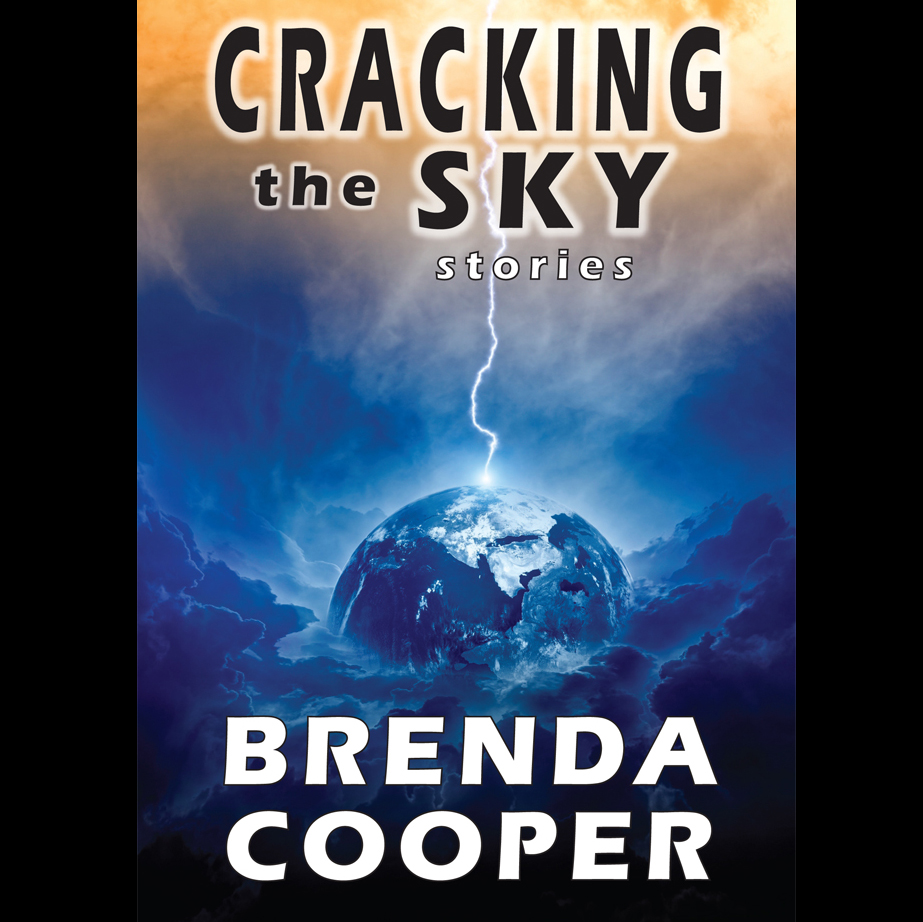Madeline Ashby’s The Machine Dynasty series takes place in a world where Christian leaders have created robots (called vN) to provide for those left behind in the event of the biblical Rapture. This has not happened, and the aftermath of their preparation is neither utopia or dystopia. What we do have is a compelling story of a person seeking retribution and redemption, who just happens to have a few more abilities than your modern man. That in a nutshell is the story of iD.
The second book in The Machine Dynasty, iD is the tale of a Javier. In the first book, vN, he was the accomplice of Amy Peterson, and cause for much of the ruckus that drives the developments of the story. The shift in focus is understandable given the developments of the first book where Amy became, for intents and purposes, the most powerful being on the planet. The shift in point of view is necessary because, like Paul Atreides in Dune, Amy became too powerful to be relatable.
Javier, on the other hand, lacks such power, which is frustrating given that he is a purpose-built robot. Javier and his model were designed to work in the wild and aid in reforestation efforts, thus their feature set includes the ability to jump and climb better than most other vN, as well as being able to recharge by collecting solar energy. But Ashby’s been smart in her conceptualization of robots. No one vN has every feature set, much like smartphones or laptops, and it’s those restrictions that aid in the sense of tension. The biggest restriction faced by most vN is that the sight of blood will cause them to shut down, which is a means of ensuring that vN never harm humans – a more practical version of Asimov’s three laws of robotics. All vN must also consume plastic and metal, which gives them the same basic animal drive readers can understand. That lack of superhuman ability helps to give an additional element of humanity to Javier and his kind.
The frustration of this weakness, which can become anger and desperation, allows Javier to struggle for his goals in the most human of manners. He experiences a range of emotions, which previous iterations of robots, such as those by Isaac Asimov and Rudy Rucker, never did. And Ashby is well aware of this, even going so far as to state that vN are made in the image of their creators, who themselves are imperfect. This imperfection is key to making Javier a likeable and understandable protagonist.
Javier’s impotent nature can be distracting though. Just about the only things he’s capable of are jumping and having sex – two features of robots that, beyond the movie AI, are rarely highlighted – because of his model’s feature set. Time and again Javier appears active, making decisions with forethought and purpose, only for his apparent actions to become shown for the reactions they are as other characters have already pre-empted. Antagonists, love interests and side characters all herd him down a gauntlet of trials and tribulations that result in a more learned and self-aware Javier at the end. At the same time it may leave the reader feeling that Javier was ineffectual in the grand scheme of things.
The larger picture is actually what’s at stake in iD. Ashby’s robots are changing the world. By concentrating on one character she has brilliantly humanized an artificial person. That helps the story as a whole as the reader is never left overwhelmed by the political and cultural developments. Focusing on the story of one vN provides a narrow, understandable narrative that’s all the more interesting because it’s about the role of one robot in the grand scheme of things. The impact of robots going rogue and all the competing agendas and philosophies between humans and vN creates a dynamic world that few other authors actualize. The Machine Dynasty is not a world of dichotomies but shades of gray with vibrant flashes of color that offset the horror humans and creations are so intent on causing to their own kind, with the kindness and heart of a love story.
Madeline Ashby is asking a lot of interesting questions with her books, which is what you hope for in good speculative fiction. And while she isn’t breaking new ground, her reimagining of robots and how they could be anthropomorphized makes for excellent reading. iD has pushed The Machine Dynasty farther towards an uncertain yet entertaining future where robots rebel, but to what end we won’t know until the next book. In the meantime, if iD is where you where you want to start then you should have no problem understanding and enjoying the world that Ashby has created.
—————————————————————————————————————————————————



















Speak Your Mind